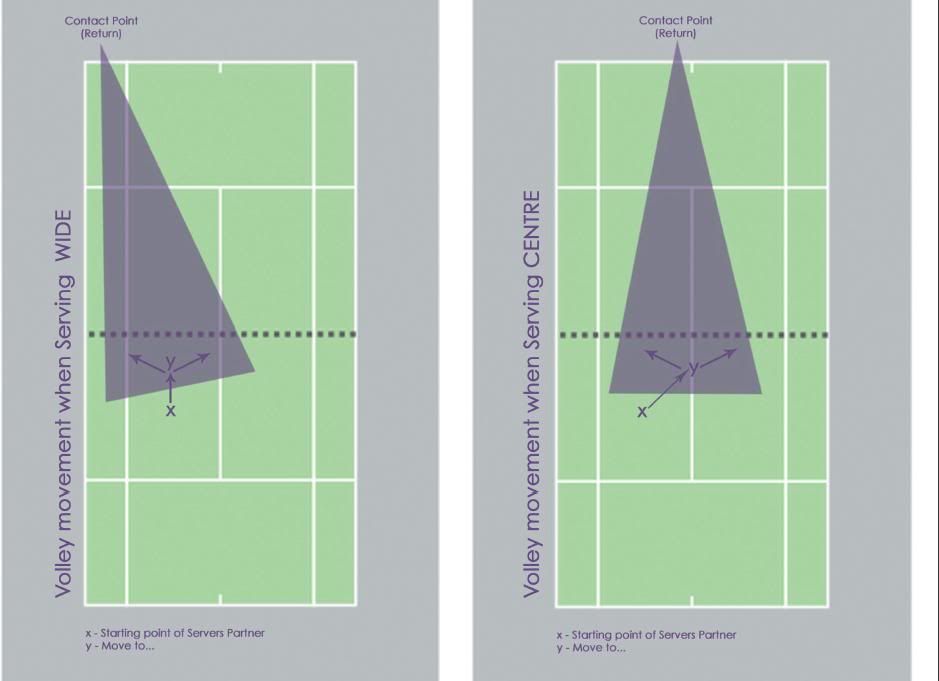I started this thread because you mentioned the shifting triangles in another thread. I thought that I could benefit from learning about them. After following this thread and seeing the more advanced discussions of the theories implied. I still do not "get it" at a basic level yet. I do think that I would benefit from this.
I didn't know that the concept was not ready for general release and am sorry if I compromised your plans for the teaching concept. I would like to take a lesson or learn about this from someone who learned it from you when that is appropriate. After you give your demonstrations in the New England area this year, if you have released this to anyone around the Albany, NY area, please let me know about them. You or they can private e-mail me
at pjpeter at aol dot com
Sorry for any inconvenience, but it did seem to generate a lot of interest and discussion that seemed fruitful.
A last thought:
Please don't hold off releasing this until it is completely perfect,as it may never reach that state... and we need it out here.


